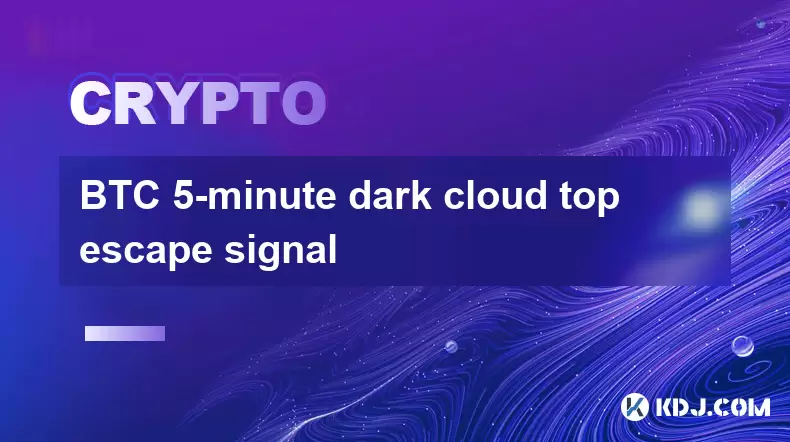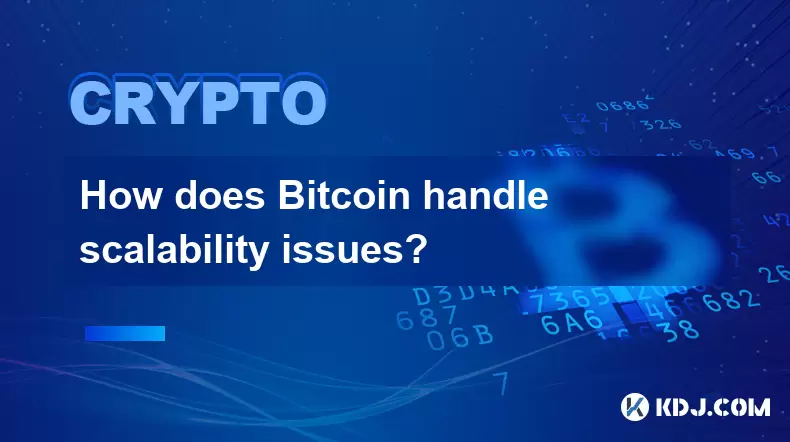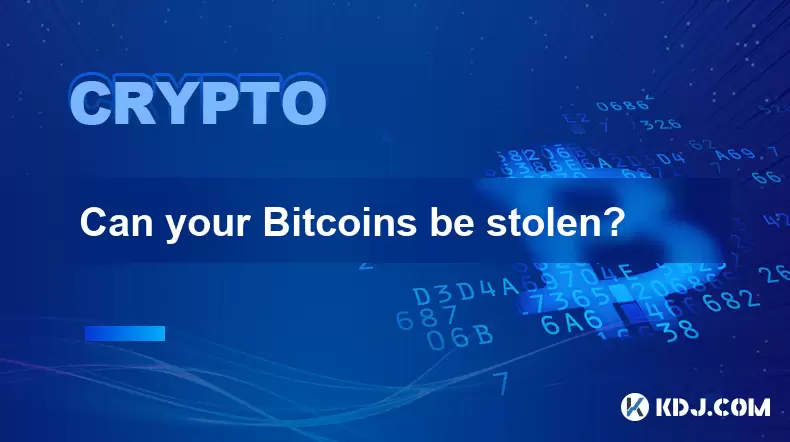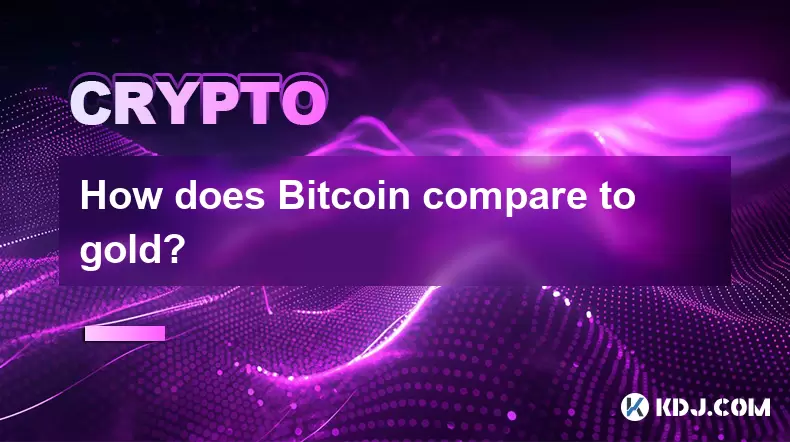-
 Bitcoin
Bitcoin $115100
1.27% -
 Ethereum
Ethereum $3675
2.71% -
 XRP
XRP $2.995
1.45% -
 Tether USDt
Tether USDt $1.000
0.02% -
 BNB
BNB $769.8
2.64% -
 Solana
Solana $168.0
3.25% -
 USDC
USDC $0.9999
-0.01% -
 TRON
TRON $0.3371
1.48% -
 Dogecoin
Dogecoin $0.2051
3.36% -
 Cardano
Cardano $0.7394
2.30% -
 Hyperliquid
Hyperliquid $38.15
0.42% -
 Stellar
Stellar $0.3966
-0.36% -
 Sui
Sui $3.486
2.93% -
 Chainlink
Chainlink $16.72
2.52% -
 Bitcoin Cash
Bitcoin Cash $568.0
4.36% -
 Hedera
Hedera $0.2440
2.59% -
 Ethena USDe
Ethena USDe $1.001
0.04% -
 Avalanche
Avalanche $22.16
2.06% -
 Litecoin
Litecoin $119.1
-0.73% -
 UNUS SED LEO
UNUS SED LEO $8.991
0.04% -
 Toncoin
Toncoin $3.232
-0.39% -
 Shiba Inu
Shiba Inu $0.00001233
2.82% -
 Uniswap
Uniswap $9.717
2.53% -
 Polkadot
Polkadot $3.664
1.85% -
 Dai
Dai $1.000
0.01% -
 Monero
Monero $281.2
-3.89% -
 Bitget Token
Bitget Token $4.350
1.55% -
 Cronos
Cronos $0.1428
5.07% -
 Pepe
Pepe $0.00001050
3.68% -
 Aave
Aave $262.3
3.54%
BTC 5-minute dark cloud top escape signal
The Dark Cloud Top, a bearish reversal pattern on 5-minute BTC charts, signals a potential downtrend when the price breaks below the second candlestick's low.
Jun 05, 2025 at 08:35 pm

Introduction to the Dark Cloud Top Pattern
The Dark Cloud Top is a bearish reversal pattern that appears in an uptrend and signals a potential change in the market direction. In the context of Bitcoin (BTC) trading, identifying this pattern on a 5-minute chart can be crucial for traders looking to capitalize on short-term price movements. The pattern consists of two candlesticks: the first is a bullish candlestick, and the second is a bearish candlestick that opens above the high of the first candlestick and closes below the midpoint of the first candlestick's body.
Identifying the Dark Cloud Top on a 5-Minute BTC Chart
To identify a Dark Cloud Top on a 5-minute BTC chart, traders need to pay close attention to the candlestick formations. The process involves the following steps:
- Locate an uptrend: Ensure that the price of BTC is in a clear uptrend before the pattern forms.
- Identify the first candlestick: The first candlestick should be a strong bullish candle, indicating continued buying pressure.
- Observe the second candlestick: The second candlestick should open above the high of the first candlestick and close below the midpoint of the first candlestick's body. This signifies a shift in momentum and potential bearish reversal.
The Escape Signal and Its Importance
The escape signal from a Dark Cloud Top pattern is a crucial indicator for traders. It occurs when the price breaks below the low of the second candlestick, confirming the bearish reversal. This signal is important because it provides a clear entry point for traders looking to short BTC. The escape signal suggests that the bearish pressure is strong enough to push the price below the support level established by the second candlestick.
Trading the Dark Cloud Top Escape Signal
Trading the Dark Cloud Top escape signal on a 5-minute BTC chart requires a systematic approach. Here are the steps to follow:
- Confirm the pattern: Ensure that the Dark Cloud Top pattern is fully formed and the second candlestick closes below the midpoint of the first candlestick's body.
- Wait for the escape signal: Monitor the price action and wait for the price to break below the low of the second candlestick.
- Enter the trade: Once the escape signal is confirmed, enter a short position on BTC.
- Set stop-loss and take-profit levels: Place a stop-loss order above the high of the first candlestick to limit potential losses. Set a take-profit level based on your risk-reward ratio, typically at a previous support level or a predetermined price target.
Technical Indicators to Enhance the Dark Cloud Top Escape Signal
To increase the reliability of the Dark Cloud Top escape signal, traders can use additional technical indicators. Some of the most effective indicators include:
- Moving Averages: Use moving averages to confirm the trend direction. A bearish crossover of a short-term moving average below a long-term moving average can enhance the signal.
- Relative Strength Index (RSI): The RSI can indicate overbought conditions. A reading above 70 followed by a bearish divergence can strengthen the case for a reversal.
- Volume: High volume on the second candlestick of the Dark Cloud Top pattern can confirm the bearish pressure and increase the reliability of the escape signal.
Risk Management and the Dark Cloud Top Escape Signal
Effective risk management is essential when trading the Dark Cloud Top escape signal on a 5-minute BTC chart. Here are some key principles to follow:
- Position sizing: Determine the size of your position based on your overall trading capital and the risk you are willing to take on each trade.
- Stop-loss orders: Always use stop-loss orders to limit potential losses. The stop-loss should be placed above the high of the first candlestick to protect against a false breakout.
- Risk-reward ratio: Aim for a favorable risk-reward ratio, typically at least 1:2, to ensure that potential profits outweigh potential losses over time.
- Trade multiple timeframes: Consider analyzing higher timeframes to confirm the overall trend direction and avoid trading against the prevailing market sentiment.
Backtesting the Dark Cloud Top Escape Signal
Backtesting is a valuable tool for evaluating the effectiveness of the Dark Cloud Top escape signal on historical BTC data. Here are the steps to conduct a backtest:
- Select a historical period: Choose a period with sufficient data to test the signal's performance.
- Apply the pattern recognition: Identify all instances of the Dark Cloud Top pattern on the 5-minute BTC chart within the selected period.
- Track the escape signals: Monitor the price action following each pattern and record the outcomes of the escape signals.
- Calculate performance metrics: Analyze the results to determine the win rate, average profit, and average loss of the strategy.
- Adjust parameters: Fine-tune the entry and exit criteria based on the backtest results to optimize the strategy's performance.
Real-World Examples of the Dark Cloud Top Escape Signal
To illustrate the application of the Dark Cloud Top escape signal, let's examine a few real-world examples from the BTC market:
- Example 1: On a 5-minute BTC chart, an uptrend is in place, and a strong bullish candlestick forms. The next candlestick opens above the high of the previous candlestick but closes below its midpoint, forming a Dark Cloud Top pattern. The price then breaks below the low of the second candlestick, triggering the escape signal. Traders who short BTC at this point can profit as the price continues to decline.
- Example 2: Another instance occurs during a volatile period in the BTC market. A Dark Cloud Top pattern forms after a series of bullish candlesticks. The escape signal is confirmed when the price breaks below the second candlestick's low, prompting traders to enter short positions. The price subsequently drops, validating the signal and resulting in profitable trades.
Frequently Asked Questions
Q: How can I distinguish a Dark Cloud Top pattern from other bearish reversal patterns?
A: The Dark Cloud Top pattern is distinguished by its specific formation: a bullish candlestick followed by a bearish candlestick that opens above the high of the first candlestick and closes below its midpoint. Other bearish reversal patterns, such as the Bearish Engulfing or Evening Star, have different candlestick formations and criteria.
Q: Is the Dark Cloud Top escape signal effective on other timeframes besides the 5-minute chart?
A: While the Dark Cloud Top escape signal can be effective on other timeframes, its reliability may vary. Shorter timeframes like the 5-minute chart are more susceptible to noise and false signals, whereas longer timeframes may provide more reliable signals but fewer trading opportunities.
Q: Can the Dark Cloud Top escape signal be used in conjunction with other trading strategies?
A: Yes, the Dark Cloud Top escape signal can be integrated with other trading strategies to enhance its effectiveness. For example, combining it with trend-following strategies or momentum indicators can provide additional confirmation and improve the overall performance of the trading system.
Q: How does market volatility affect the Dark Cloud Top escape signal's performance?
A: Market volatility can significantly impact the performance of the Dark Cloud Top escape signal. In highly volatile markets, the signal may trigger more frequently, but the increased noise can also lead to more false signals. Traders should adjust their risk management and position sizing accordingly to account for the heightened volatility.
Disclaimer:info@kdj.com
The information provided is not trading advice. kdj.com does not assume any responsibility for any investments made based on the information provided in this article. Cryptocurrencies are highly volatile and it is highly recommended that you invest with caution after thorough research!
If you believe that the content used on this website infringes your copyright, please contact us immediately (info@kdj.com) and we will delete it promptly.
- BlockDAG, Litecoin, and Cardano: Charting the Course in Crypto's Dynamic Waters
- 2025-08-07 09:09:06
- Fireverse Token: Igniting a Musical Revolution in Web3
- 2025-08-07 08:27:45
- Ethereum, L2 Withdrawals, and Decentralization: A New Yorker's Take
- 2025-08-07 08:32:33
- Avalanche vs. Ruvi AI: Daily Sales Tell a Story of Crypto Disruption
- 2025-08-07 06:29:35
- DeSoc: The Crypto to Buy Now for a Decentralized Future (and Maybe 43x Gains!)
- 2025-08-07 06:50:16
- Arctic Pablo Coin: Riding the Meme Coin Wave with a Deflationary Twist
- 2025-08-07 07:18:13
Related knowledge

Can the Bitcoin protocol be changed?
Aug 07,2025 at 01:16pm
Understanding the Bitcoin ProtocolThe Bitcoin protocol is the foundational set of rules that govern how the Bitcoin network operates. It defines every...

How does Bitcoin handle scalability issues?
Aug 07,2025 at 10:54am
Understanding Bitcoin’s Scalability ChallengeBitcoin’s design prioritizes decentralization, security, and immutability, but these principles come with...

Do you need to understand technology to use Bitcoin?
Aug 07,2025 at 06:17am
Understanding the Basics of BitcoinTo engage with Bitcoin, one does not need a deep understanding of the underlying technology, much like how individu...

Can your Bitcoins be stolen?
Aug 07,2025 at 03:28am
Understanding the Security of Bitcoin OwnershipThe decentralized nature of Bitcoin means that no central authority controls the network, placing the r...

How does Bitcoin compare to gold?
Aug 07,2025 at 03:18am
Historical Context and Origins of Bitcoin and GoldUnderstanding the comparison between Bitcoin and gold begins with their origins and historical roles...

Can you lose money with Bitcoin?
Aug 07,2025 at 07:49am
Understanding the Volatility of BitcoinBitcoin is known for its extreme price volatility, which is one of the primary reasons investors can lose money...

Can the Bitcoin protocol be changed?
Aug 07,2025 at 01:16pm
Understanding the Bitcoin ProtocolThe Bitcoin protocol is the foundational set of rules that govern how the Bitcoin network operates. It defines every...

How does Bitcoin handle scalability issues?
Aug 07,2025 at 10:54am
Understanding Bitcoin’s Scalability ChallengeBitcoin’s design prioritizes decentralization, security, and immutability, but these principles come with...

Do you need to understand technology to use Bitcoin?
Aug 07,2025 at 06:17am
Understanding the Basics of BitcoinTo engage with Bitcoin, one does not need a deep understanding of the underlying technology, much like how individu...

Can your Bitcoins be stolen?
Aug 07,2025 at 03:28am
Understanding the Security of Bitcoin OwnershipThe decentralized nature of Bitcoin means that no central authority controls the network, placing the r...

How does Bitcoin compare to gold?
Aug 07,2025 at 03:18am
Historical Context and Origins of Bitcoin and GoldUnderstanding the comparison between Bitcoin and gold begins with their origins and historical roles...

Can you lose money with Bitcoin?
Aug 07,2025 at 07:49am
Understanding the Volatility of BitcoinBitcoin is known for its extreme price volatility, which is one of the primary reasons investors can lose money...
See all articles

























































































